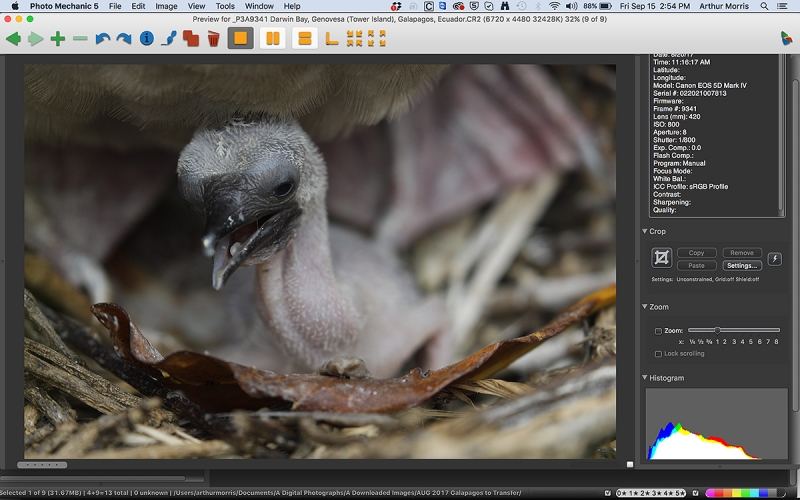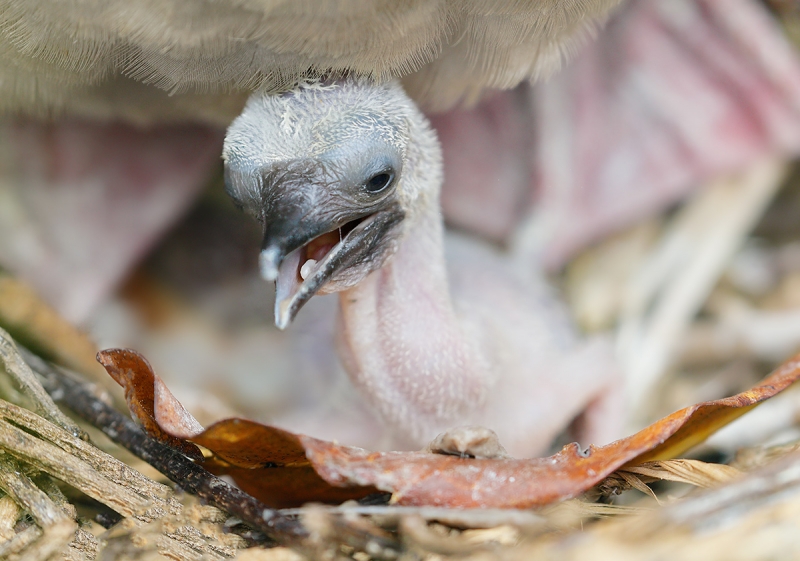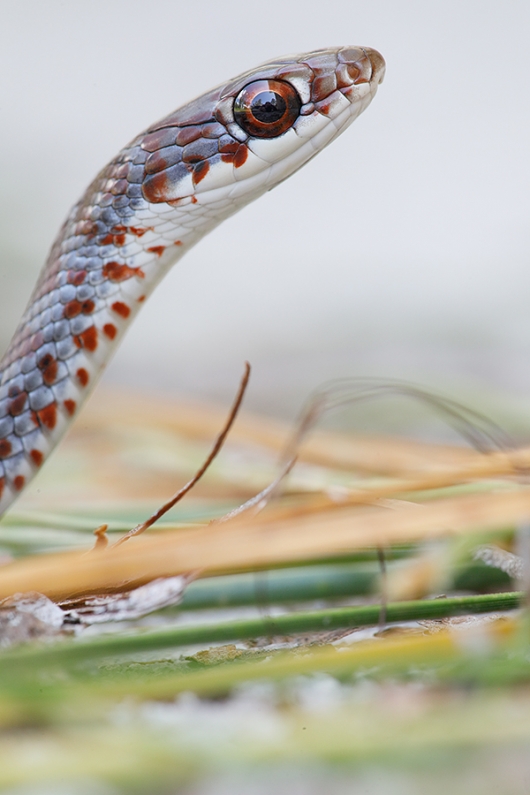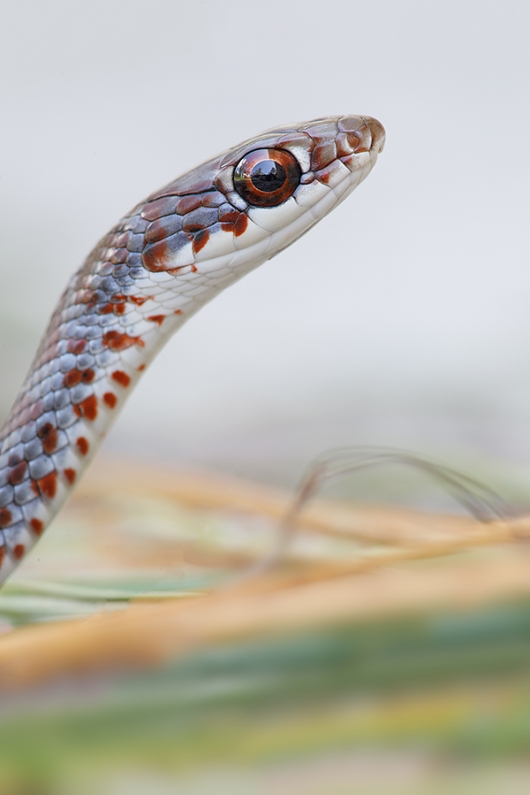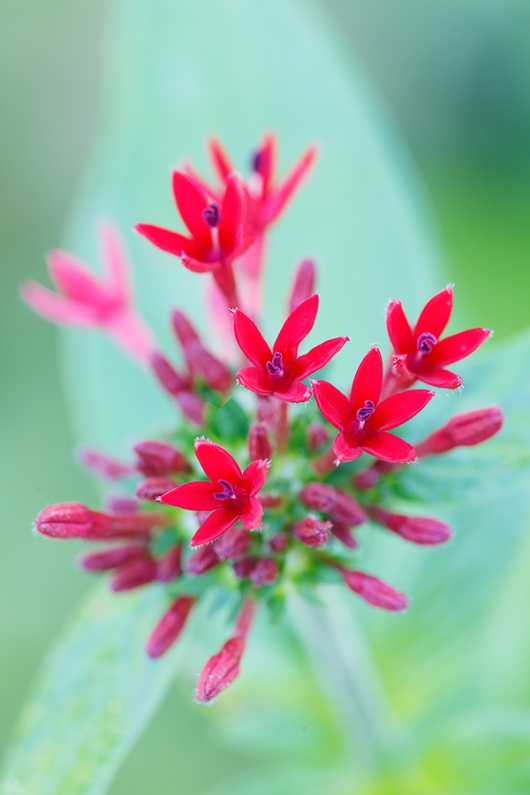Stuff
Friday was stiflingly hot and still. Jim and I pretty much finished up our yard clean-up work in an early morning and a late afternoon session. Again, I swam twice totaling one mile. Jim got in the pool twice, something that he rarely does even once. In addition, he has taken up one of my favorite activities, afternoon napping. With no power there is not a lot to do.
It is just before 9:30am on Saturday September 16, sitting in front of a working fan in my air conditioned living room. Super-skilled photographer, many, many multiple IPT veteran, and long-time friend Clemens Vanderwerf, stopped at ILE yesterday afternoon on his way to Tampa with his wife and three big Golden Retrievers. He brought along a five-gallon tank of gas, a chain saw, and a portable window mount air conditioner 🙂 They will be stopping by for lunch on their way back to West Palm on Sunday.
On the power outage front we have much more hope than we did yesterday morning. Late in the day, all of our neighbors on the north side of Granada Drive had their power restored. That meant that the Preco (Peace River Cooperative) sub-station at ILE had gotten power from Duke Energy. Once the downed power pole and lines in our backyard are repaired, we should get our power back.So far nobody from Preco has been seen in the vicinity of the damaged pole and lines. The top of the pole along with the transformer is lying in a drainage ditch. Time will tell, but at least now we have hope.
The Streak
Today marks fifty-three days in a row with a new educational blog post — Irma be damned! This one took about two hours hours to prepare over the course of two days. With all of my upcoming free time (or not …), the plan right now is to break the current record streak of (I think) four hundred eighty something … Good health and good internet connections willing.
Everybody’s Doing It…
Everybody’s buying and selling used gear on the BAA Used Gear Page. Sales recently have been through the roof. Selling your used (or like-new) photo gear through the BAA Blog or via a BAA Online Bulletin is a great idea. We charge only a 5% commission. One of the more popular used gear for sale sites charged a minimum of 20%. Plus assorted fees! Yikes. They recently folded. And eBay fees are now in the 13% range. The minimum item price here is $500 (or less for a $25 fee). If you are interested please e-mail with the words Items for Sale Info Request cut and pasted into the Subject line :). Stuff that is priced fairly–I offer free pricing advice, usually sells in no time flat. In the past few months, we have sold just about everything in sight. Do know that prices on some items like the EOS-1D Mark IV, the old Canon 500mm, the EOS-7D, and the original 400mm IS DO lens have been dropping steadily. Even the prices on the new 600 II and the 200-400 with Internal Extender have been plummeting. You can see all current listings by clicking here or by clicking on the Used Photo Gear tab on the right side of the yellow-orange menu bar at the top of each blog post.
Booking.Com
I could not secure the lodging that I needed for last year’s UK Puffins and Gannets IPT in Dunbar, Scotland, so I went from Hotels.Com to Booking.Com and was pleasantly surprised. I found the rooms that I needed with ease at a hotel that was not even on Hotels.Com, and it was a nice hotel that I had seen in person. And the rates were great. If you’d like to give Booking.Com a shot, click here and you will earn a $25 reward.
Thanks to the many who have already tried and used this great service.
Revamped
I recently updated the IPT page. If you doubt that I am really slowing down, click here to see the meager IPT schedule. Right now there are only two US-based IPTs on the schedule. Best news is I now have two folks registered for the Fort DeSoto IPT so that will run. Do consider joining us if you would like to learn from the best.
Photographers Wanted
If you would like to learn to become a much better bird photographer, consider joining me on either the Fort DeSoto IPT in late September or the San Diego IPT in January, 2018. With four folks signed up, DeSoto will offer practically private instruction. And you can tack on the In-the-Field/Meet-up Workshop Session on the morning of Tuesday September 26, 2017 for free. Scroll down for details. Click here for complete IPT info and the current but abbreviated schedule.


Gear Questions and Advice
Too many folks attending BAA IPTs and dozens of folks whom I see in the field, and on BPN, are–out of ignorance–using the wrong gear especially when it comes to tripods and more especially, tripod heads… Please know that I am always glad to answer your gear questions via e-mail.
Please Don’t Forget …
As always–and many folks have been doing a really great job for a long time now–please remember to use the BAA B&H links for your major and minor gear purchases. For best results, use one of our many product-specific links; after clicking on one of those you can continue shopping with all subsequent purchases invisibly tracked to BAA. Your doing so is always greatly appreciated. Please remember: web orders only. And please remember also that if you are shopping for items that we carry in the BAA Online Store (as noted in red at the close of this post below) we would of course appreciate your business.
|
|
|
This image was created on the 2017 BAA Galapagos Photo-Cruise of a Lifetime IPT on our second Darwin Bay landing. I used the hand held Canon EF 100-400mm f/4.5-5.6L IS II USM lens with the Canon Extender EF 1.4X III (at 420mm) and my favorite baby booby camera body, the Canon EOS 5D Mark IV. ISO 800. Evaluative metering at about -1 1/2 stops (!): 1/800 second at f/8 in Manual mode. AWB. Two AF points left of the center AF point AI Servo/Expand/Shutter Button AF was active at the moment of exposure. The selected AF point was active at the moment of exposure and fell on the middle of the lower mandible. 3-day old Red-footed Booby chick |
I was so excited that …
First of all, note the huge amount of space from the end of the histogram data to the the highlight axis on our right. If your histograms consistently look like this then your images are consistently underexposed.
Darwin Bay, one of the most productive photographic locations on the avian planet, is my single favorite morning landing in the Galapagos archipelago. It is always overcast for an hour or two at least; there is almost always fabulous flight photography in the early mornings with all three morphs of Red-footed Booby, both species of frigatebirds, Nazca Booby, and Swallow-tailed Gull literally filling sky. When the flight action dies down, all of the species above can be found and photographed on the ground or in low bushes, most often at their nests. And often with chicks in the nests, chicks of varying sizes. That only my trip gets to visit Darwin Bay (and Hood Island and North Seymour) twice each is a huge plus. Dates and details for the late-July BAA 2019 Galapagos Photo Cruise of a Lifetime IPT will be announced here on Monday.
We had been photographing several large Red-footed Booby chicks and the occasional adult in their eye-level nests in Red-Mangroves with hand held intermediate telephoto lenses. Hand holding in this situation is a must as you sometimes need choose your perspective very carefully in order to find a clear shooting slot through mangrove leaves. As there were lots of nests the group was spread out. I was standing next to participant Dietmar Haenchen when the handsome adult intermediate morph bird stood up to show off its three-day old chick. We got off a few snaps when the adult bird sat down as quickly as it had stood up. We called over the folks in the group who were within earshot so that they could at least see the tiny chick. Then the adult stood up and stayed up for about ten minutes. There were maybe three good shooting slots so I rotated folks in and out, taking a turn myself every few minutes. The huge problem was that the tiny chick was begging for food the whole time, shaking its head from side to side constantly like a bobblehead doll on crack.
I am not so sure how I wound up so underexposed but I suspect that because I was so excited by the sight of the tiny, too cute, too pink chick, I accidentally raised the shutter speed when I wanted to raise the ISO (to 1600). In any case, the frame above — though seriously underexposed — was the best in the series. So I went to work.
|
|
|
This image was created on the 2017 BAA Galapagos Photo-Cruise of a Lifetime IPT on our second Darwin Bay landing. I used the hand held Canon EF 100-400mm f/4.5-5.6L IS II USM lens with the Canon Extender EF 1.4X III (at 420mm) and my favorite baby booby camera body, the Canon EOS 5D Mark IV. ISO 800. Evaluative metering at about -1 stop (!): 1/800 second at f/8 in Manual mode. AWB. Two AF points left of the center AF point AI Servo/Expand/Shutter Button AF was active at the moment of exposure. The selected AF point was active at the moment of exposure and fell on the middle of the lower mandible. 3-day old Red-footed Booby chick |
Saving the Underexposure
After loading my 5D IV ISO 1600 recipe — I knew that I would need the extra noise reduction — the only two changes I made were to move the Brightness slider to the right to +1 1/2 and move the Highlight slider to the left to -2. Then it was a crop from our right and below and a bit of bill clean-up. Next was a Layer of my NIK 30/30 Color Efex Pro recipe painted onto the chick only via a Hide-all (Inverse, or Black) Layer Mask. Last was a quick and dirty NeatImage Noise reduction on the whole image; the only visible noise was in the background shadows. The dynamic range of the 5D Mark IV is quite excellent.
If In Doubt …
If in doubt about using the BAA B&H affiliate link correctly, you can always start your search by clicking here. Please note that the tracking is invisible. Web orders only. Please, however, remember to shoot me your receipt via e-mail.




Please Remember to use my Affiliate Links and to Visit the New BAA Online Store 🙂
To show your appreciation for my continuing efforts here, we ask, as always, that you get in the habit of using my B&H affiliate links on the right side of the blog for all of your photo and electronics purchases. Please check the availability of all photographic accessories in the New BIRDS AS ART Online Store, especially the Mongoose M3.6 tripod head, Wimberley lens plates, Delkin flash cards and accessories, and LensCoat stuff.
As always, we sell only what I have used, have tested, and can depend on. We will not sell you junk. We know what you need to make creating great images easy and fun. And please remember that I am always glad to answer your gear questions via e-mail.
I would of course appreciate your using our B&H affiliate links for all of your major gear, video, and electronic purchases. For the photographic stuff mentioned in the paragraph above, and for everything else in the new store, we, meaning BAA, would of course greatly appreciate your business. Here is a huge thank you to the many who have been using our links on a regular basis and those who will be visiting the New BIRDS AS ART Online Store as well.
Amazon.com
Those who prefer to support BAA by shopping with Amazon may use the logo link above.
Amazon Canada
Many kind folks from north of the border, eh, have e-mailed stating that they would love to help us out by using one of our affiliate links but that living in Canada and doing so presents numerous problems. Now, they can help us out by using our Amazon Canada affiliate link by starting their searches by clicking here.
Be sure to like and follow BAA on Facebook by clicking on the logo link upper right. Tanks a stack.
Typos
In all blog posts and Bulletins, feel free to e-mail or to leave a comment regarding any typos or errors. Just be right :).

